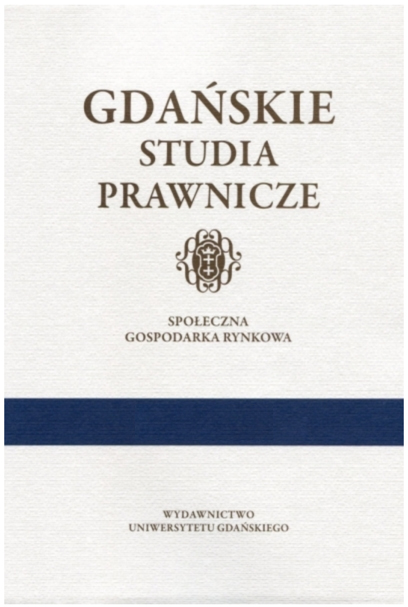The meaning of symbols in the legal culture of modern Europe
The meaning of symbols in the legal culture of modern Europe
Author(s): Zdzisław Brodecki, Mirosława Myszke-NowakowskaSubject(s): Philosophy of Law, EU-Legislation
Published by: Wydawnictwo Uniwersytetu Gdańskiego
Keywords: symbols in the legal culture; law; Poland; EU;
Summary/Abstract: In the Declaration No. 52 set out in the Final Act proclaiming the Treaty of Lisbon, the 16 Member States stated that the flag and the anthem of Europe “will for them continue as symbols to express the sense of community of the people of the European Union and their allegiance to it.” Similar content includes art. 213 of the Rules of Procedure of the European Parliament from 2009, according to which this EU institution acknowledges and accepts “these symbols of the Union”. Unfortunately, Poland is not within this group.This fact can be considered as a symbol highlighting the occurrence of the phenomenon of the “clash of legal cultures.” It is difficult to overestimate the importance of various symbols, allegories and metaphors for “Unity in diversity”. They are important for the acceptance of all the national languages of the EU as the original versions of the Treaties. The authenticity of each of these languages significantly impedes their textual interpretation, and thus removes it into the shadow of the “open” text, behind which is an interpretation consistent with the wording and purpose of EU law. The axiological Treaty rules fulfill any symbolism with a deep meaning in the discussion on the future of Europe; become the language of communication. A symbolic, allegorical or metaphysical element facilitates the understanding of ideas and concrete standards (principles and practices) that are shaping the legal culture of modern Europe under the auspices of the European Union and the Council of Europe. With this in mind, it has been used in the “Law of the institution. A Constitution for Europe “(where the symbols refer to the importance of the architecture of the West) and the triptych:” Europe of Judges “,” Europe officials “and” Europe of entrepreneurs “(where the symbols reflect the structure of the book in relation to the myths).
Journal: Gdańskie Studia Prawnicze
- Issue Year: 2015
- Issue No: XXXIII
- Page Range: 83-95
- Page Count: 13
- Language: English

